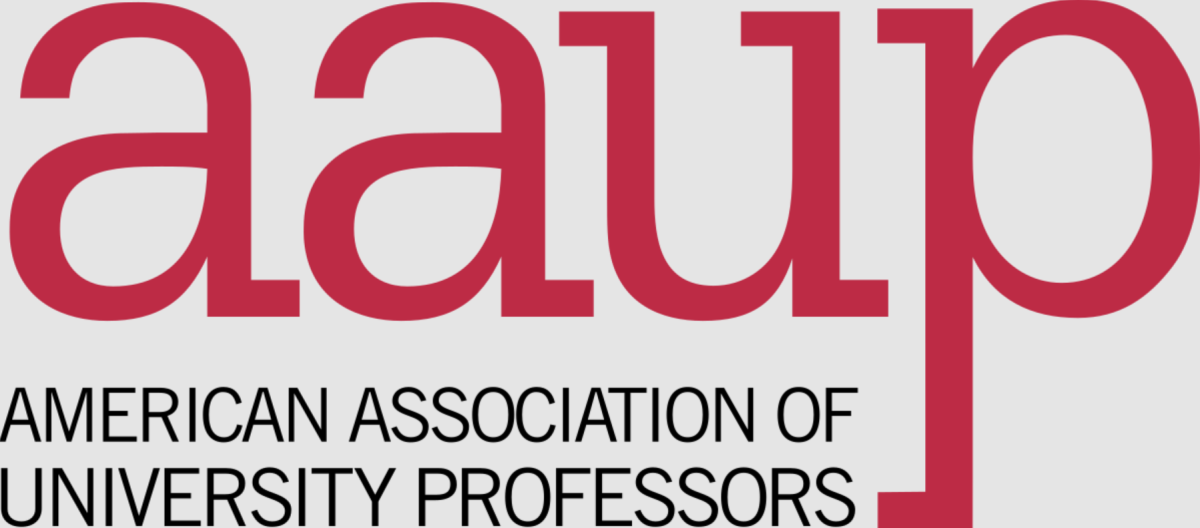The recent college admissions scandal has created a sizeable amount of public outrage over the lack of fairness in the way wealthy individuals are able to shoehorn their kids into universities. Public discourse has largely centered around criticizing these particularly outrageous examples of crooked admissions that act as embodiments of our broken system.
Someone like Lori Loughlin is merely the tip of the iceberg in the actual problem of education inequality. The recently uncovered college admissions scandal should be condemned; however, there needs to be a much larger discussion on the multitude of systemic ways in which students from privileged backgrounds have advantages in the college admissions process.
Inequality in education starts earlier than the college admissions process and often confers profound advantages to privileged families because of that. The gap in education can begin as early as kindergarten. A study by the Brookings Institute reported that only about 50 percent of children from low-income families can send their children to preschool, while around 76 percent of families from the 80th income percentile send theirs.
Already these children that attended preschool have a sizeable advantage over their peers who did not. Children that do not attend preschool are often reported by teachers to have trouble paying attention in class and exhibit many more behavioral problems than their counterparts.
Even when low-income families are able to send their children to preschool, the quality in their education is miles inferior to those from privileged backgrounds. State-funded preschool programs, which are popular options for low-income families, often do not meet the common quality benchmarks related to preschool programs.
This theme of disparate qualities is one that permeates most of public education. The way public school funding is organized causes an inherent disparity in the amount of resources varying school districts have. Public schools are funded by property taxes, which are based on the values of local properties. Naturally, areas with more affluent populations will have higher property values. As a result of this, these school systems are able to generate much more revenue, translating to better resources and improved education.
By the time these children reach the age where they begin applying to colleges, the compounded effects of years of education inequality become almost insurmountable. One of the key gatekeepers for college admissions, standardized testing, acts as a clear example of another way income inequality manifests into admissions inequality. The Wall Street Journal assessed that children from families making $200,000 or more a year scored an average of 300 points higher on their SATs than families making $20,000 – $40,000 per year.
When looking at student performance based on the national average, the discrepancy becomes even more apparent. Students from families making less than $60,000 performed worse than the national average on the SAT. Children from families in the $20,000-$40,000 income bracket scored about 6 percent lower than the national average for SATs. On the opposite end of the spectrum, children from families with an income of $200,000 or more scored about 15 percent higher on the SAT than the national average.
It is easy to cast stones at the Loughlins of the world, who use their extravagant wealth to hand their undeserving children spots at universities they did not earn, but it is far more important for us to attack the system that breeds this type of inequality. If we really want a more equitable college admissions system, then we must first bring equal opportunities to students in their education that leads up to them entering the application cycle.














